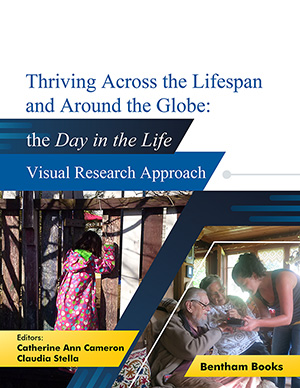Abstract
This chapter is aimed at reviewing post-traumatic stress disorder (PTSD) after terrorist attacks. The data and results of a meta-analysis by DiMaggio and Galea [1] were reviewed and its conclusions were qualified, upgraded and extended with the results from new studies and new analyses. After terrorist attacks, 18-40% of direct victims will develop PTSD, whereas the percentage of indirect victims with PTSD will be lower, but nonetheless above its habitual prevalence in the general population. At one year of terrorist attacks, a significant reduction of PTSD can be expected in the affected community and in the emergency and rescue personnel, but not in the injured victims and in the friends and relatives of the injured and mortal victims. The implications of these results for the psychological treatment of terrorism victims are discussed.
Keywords: Mental health, Narrative literature review, Post-traumatic stress disorder, Terrorism, Victims.













